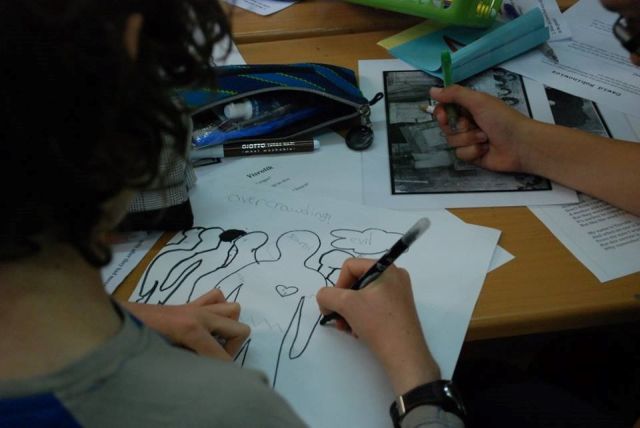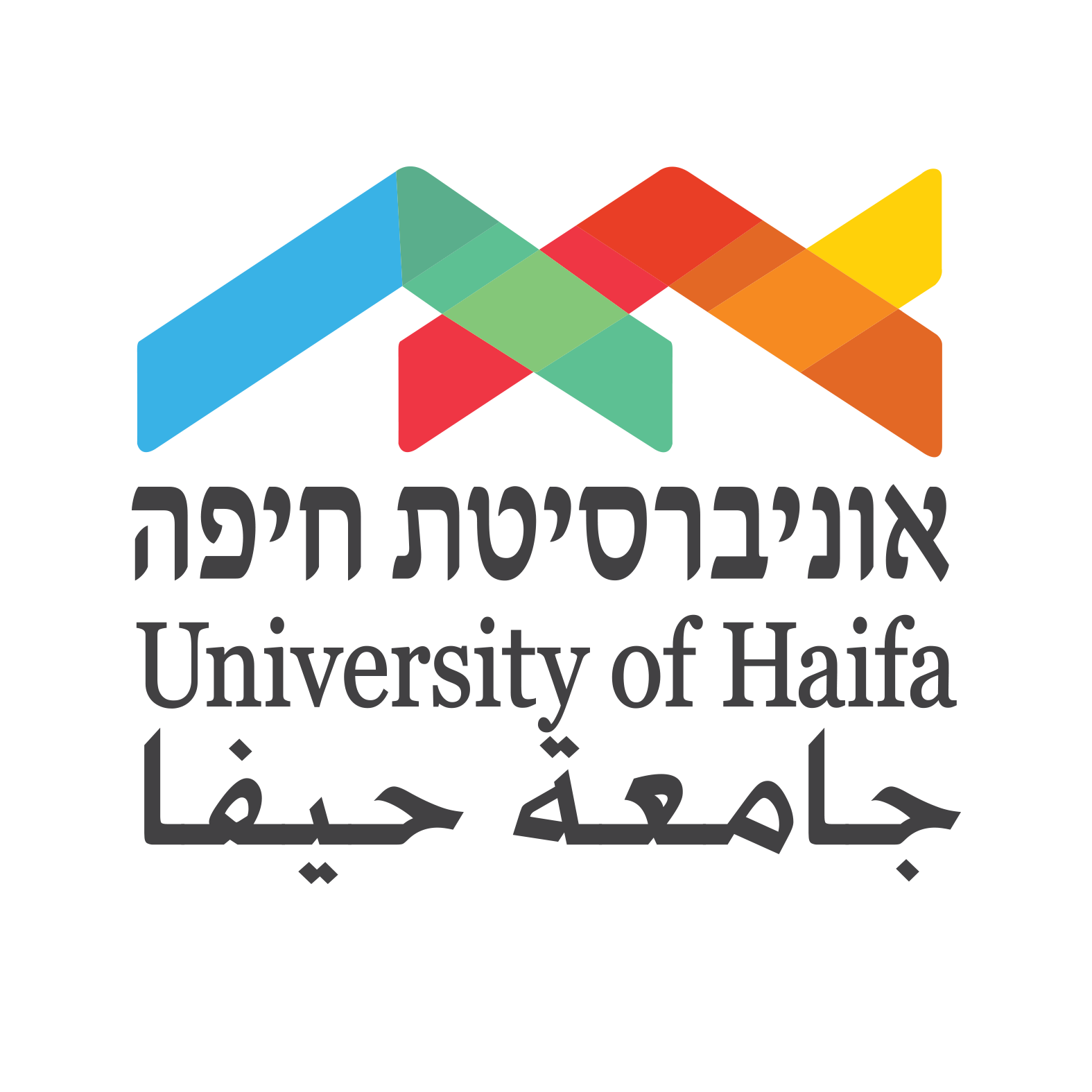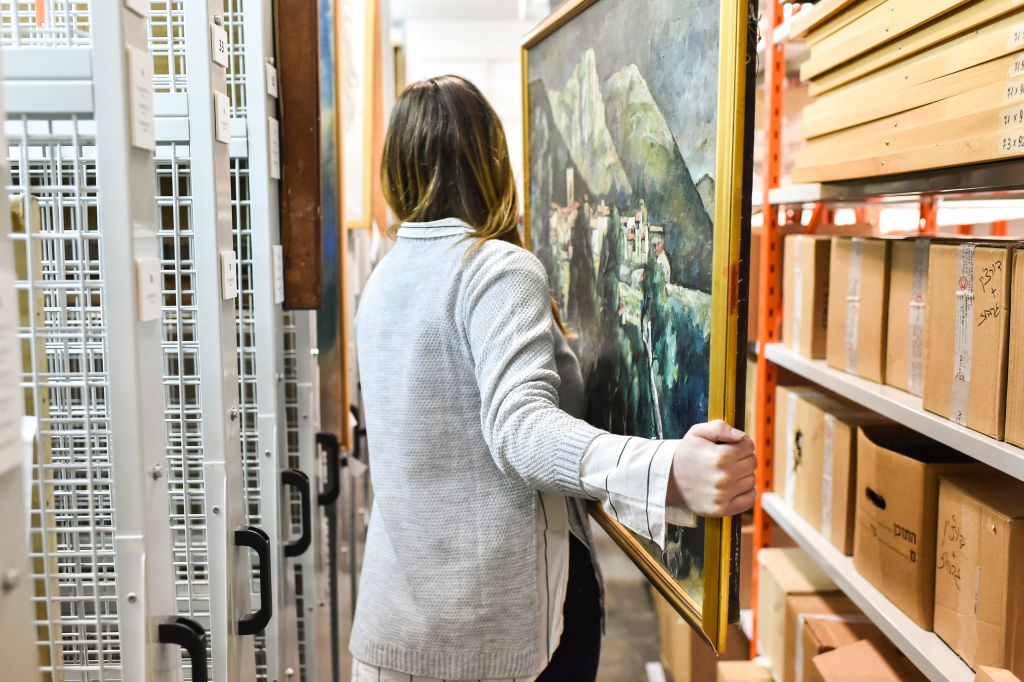Archival research into the lives of Jewish artists who lived during the Holocaust
is shedding new light on the rich diversity of Jewish culture.
As part of its efforts to foster a young generation of Holocaust scholars and educators, the Strochlitz Institute
for Holocaust Research at the University of Haifa, headed by Prof. Arieh Kochavi, launched the Weiss-Livnat
MA Program for Holocaust Studies, Israel’s only interdisciplinary graduate program in Holocaust studies. The
International graduate program is taught in English by a multidisciplinary team of scholars. This year the program
opened a new course exploring a largely untapped resource in Holocaust studies – Jewish artists in the Second
World War.
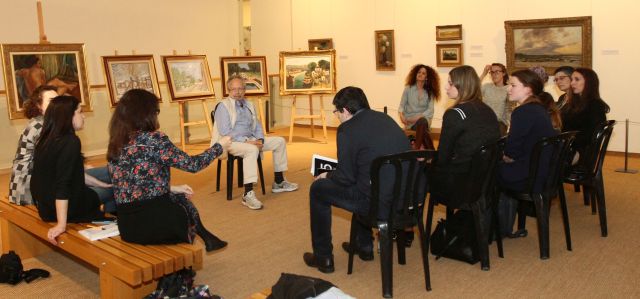
At a recent visit to the University, Dr. Claude Ghez spoke with the students in the course about what they have uncovered about the artists of his father’s collection. Dr. OscarGhez procured the paintings in Paris after the Second World War.
Researching and Restaging the Ghez Collection of Jewish Artists Who Perished in the Holocaust: A Curatorial Experiment,
is taught by art historian Dr. Rachel Perry. “As part of the course, students engage in hands-on archival research at the Hecht
Museum in an attempt to shed light on the social, religious, and political backgrounds of the artists,” explains Dr. Perry. The
Ghez Collection, donated to the Hecht Museum by the late Swiss art collector Dr. Oscar Ghez, consists of over 130 works by
18 mostly unknown Jewish artists who perished in the Holocaust.
“Tracing the original works by Jewish artists who perished in the Holocaust is a way for us to bring to life the personal stories of
the artists,” shares Meredith Scott, a graduate student enrolled in the course. Meredith is tracking the art of Adolphe Feder, who
moved to Paris from Odessa. She discovered that when the Nazis invaded France, Feder and his wife were arrested and sent to
Drancy Concentration Camp. “There he continued to paint, and his art was saved by his wife who smuggled it out of Drancy at the
end of the war,” adds Meredith.
The Weiss-Livnat International MA in Holocaust Studies attracts talented students from all corners of the world, from North America
and Europe and as far away as Australia, China and Cambodia. “Students benefit from unique internship opportunities, seminars and
foreign study tours offered in partnership with prominent Holocaust museums and archives in Israel, Germany, Poland, UK and the
US,” emphasizes Prof. Kochavi.
The MA Program is named for Yitzhak Livnat (z”l), memorialized by his son, Doron Livnat, a member of the University of Haifa’s Board
of Governors. The University awarded Doron an Honorary Doctorate in 2016. The Azrieli Foundation of Canada, Marcus and Carole Weinstein,
the Foundation for the Memorial of Jacob Moskovitz & Vladislava, The Rose and Sigmund Strochlitz Foundation, and the Shapell Family
have also given generously to the Program.
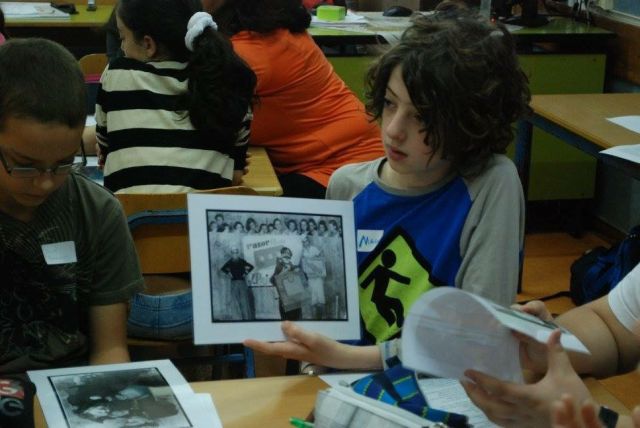
The Strochlitz Institute for Holocaust Research is dedicated to nurturing interdisciplinary research and education of the Holocaust,
through the cultivation of academic collaborations with universities, research institutes and Holocaust and Jewish museums in Israel
and around the world. In addition, it oversees the publication of the international journal Dapim: Studies on the Holocaust, to encourage
the exploration of new research agendas and provide an academic platform for young Holocaust researchers and established scholars.
Further Reading: Student Spotlight: MA in Holocaust Studies
